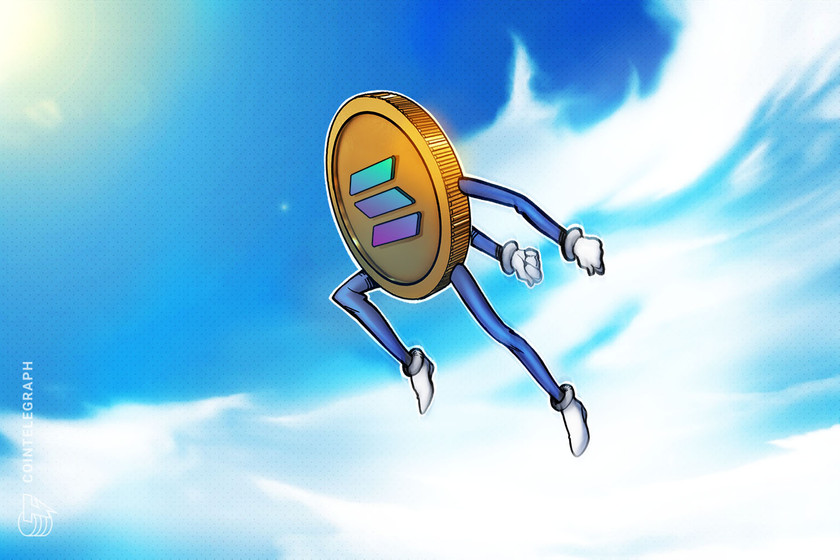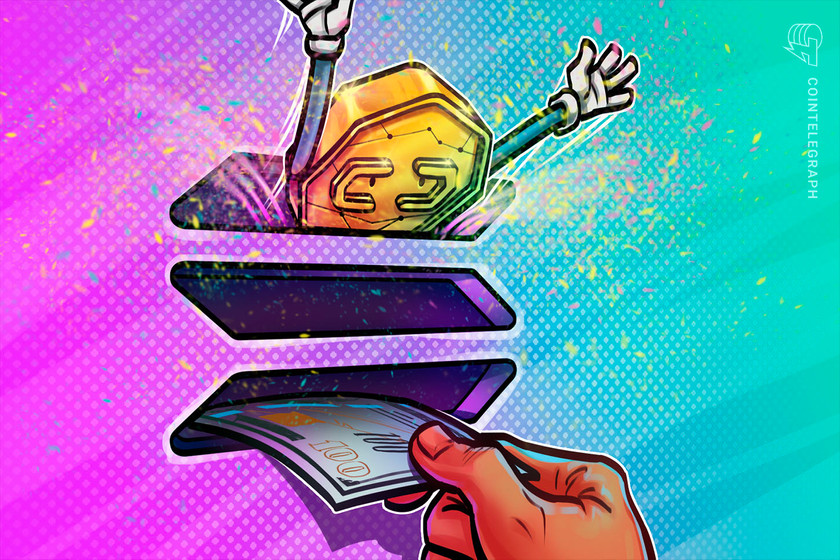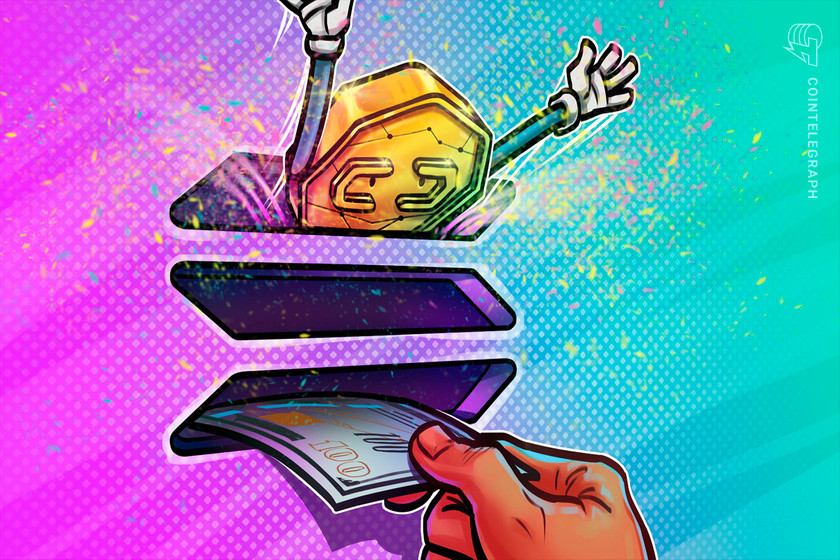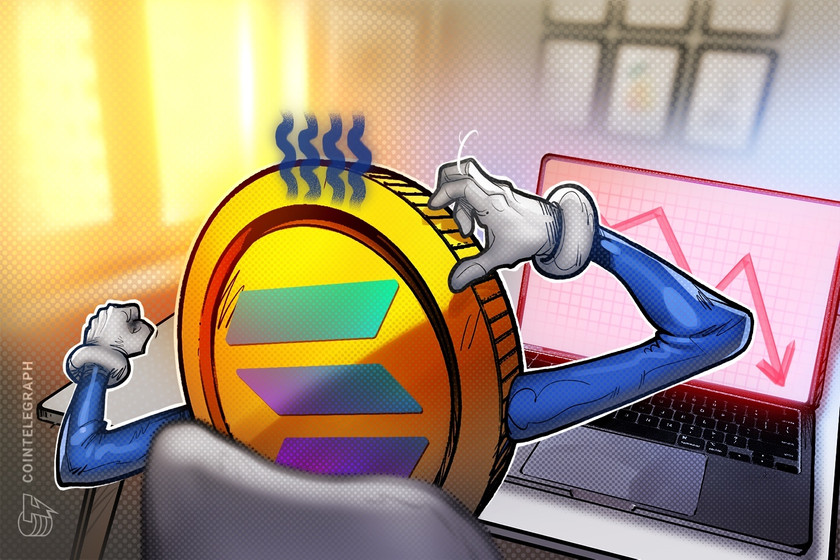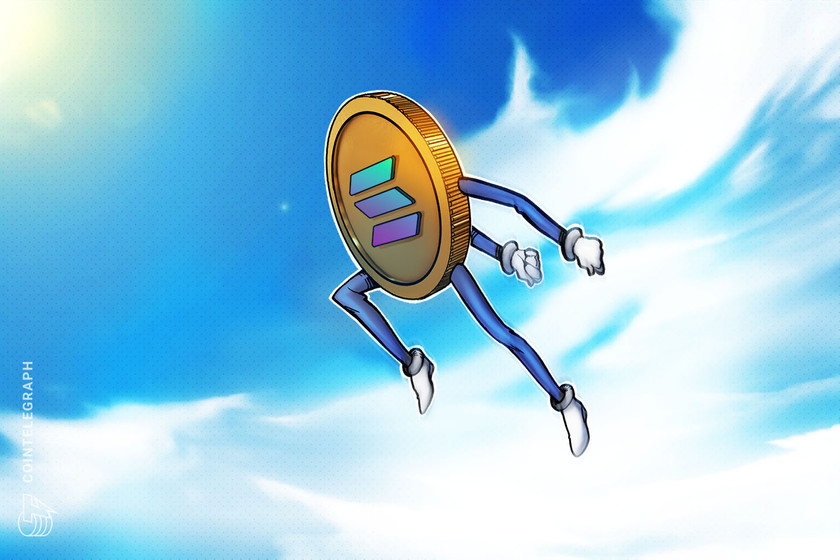Solana eyes 40% jump in August despite long-term bearish signals


The bear flag setup for SOL price could result in another interim relief rally amid macro headwinds.
Solana (SOL) dipped to a two-week low at around $35.50 on July 26, mirroring downside moves elsewhere in the crypto market. Nonetheless, the technicals suggest that Solana’s price flirts with the prospects of rising 40% in August.
SOL hits key inflection point
Ironically, the bullish setup for Solana emerges out of a classic bearish continuation pattern.
On the daily chart, SOL’s price has been consolidating inside what appears to be a “bear flag,” a technical pattern that develops during a downtrend and gets resolved after the instrument exits it with further price drops.
The so-called bear flag breakdown has not happened yet. Instead, SOL has been holding the lower trendline as support, raising possibilities of a sharp rebound toward the upper trendline, as illustrated in the chart below.


The rebound setup exposes SOL to a potential rally toward $49.50 in August, up 40% from July 26’s price. The $49–$50 level had served as both support and resistance in May.
Solana network performance still a concern — researcher
The potential bear flag rebound will serve as interim relief to Solana bulls, given SOL’s overall bias remains skewed to the downside.
Macro forces such as the Fed’s hawkish monetary policies and the collapse of the $40 billion “algorithmic stablecoin” project Terra (LUNA) — now renamed Terra Classic (LUNC) — have sent the crypto market into a tailspin. As a result, Solana, like any other risky asset, has suffered declines across its financial and network usage metrics in 2022.
For instance, the average number of daily transactions atop the Solana blockchain plunged by 17.6% in Q2/2022 versus the previous quarter, according to data from Messari.
Meanwhile, Solana’s revenue dropped 44.4% quarter-on-quarter (also because of recurring network outages).


“As seen in 2021 and throughout Q1 and Q2, degraded network performance decreases network usage and reduces the network’s continued flow of revenue,” noted James Trautman, a researcher at Messari, adding:
“If Solana were to continue to experience degraded performance that lasts for a material amount of time, a resulting drag on fundamental usage may catalyze volatility and drag on network value.”
Bear flag breakdown?
The mix of macro and network-related concerns risk triggering the bear flag breakdown by September.
Related: All ‘Ethereum killers’ will fail: Blockdaemon’s Freddy Zwanzger
SOL’s decisive close below the flag’s lower trendline means more downside is likely to the $21–$23 region, according to the technical setup illustrated below.


In other words, a 35%–38% drop from current price levels.
The views and opinions expressed here are solely those of the author and do not necessarily reflect the views of Cointelegraph.com. Every investment and trading move involves risk, you should conduct your own research when making a decision.

